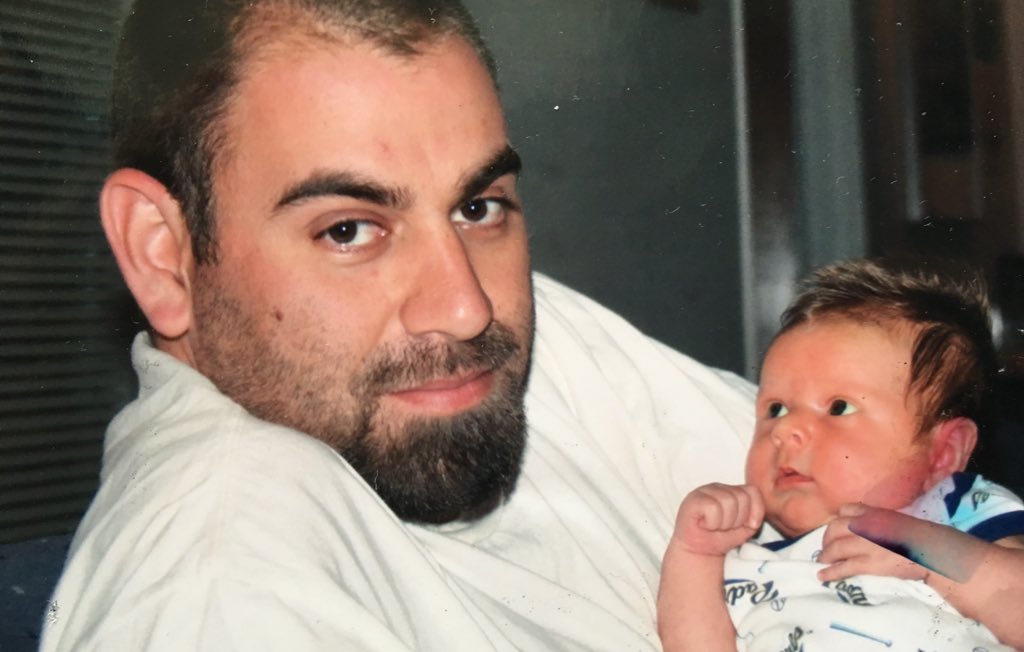Embracing analytics is key to a fruitful future for the San Diego Padres

Credit: AP Photo

The San Diego Padres must improve their analytical department if they intend to compete in the National League.
The game of baseball mirrors life. Constant adjustments are necessary to achieve success in the sport.
For the San Diego Padres and their potentially young dominant pitching staff, there must be constant growth. The same can be said for all the young hitters on the team with high ceilings. The next step that is needed for these units to grow is the embracement of analytics. Not just spin ratio, launch angle, and exit velocity, but the team must teach and cultivate the idea that information can be processed daily to improve yourself as a pitcher. The Padres need a larger analytical staff.
Rapsodo machines, Trackman machines, and Edgertronic cameras are a thing of the future, and teams like the Astros and Dodgers are at the forefront in regards to embracing these cutting-edge new technologies. The Padres have the machines. They used them often this past spring. EVT reported on the Rapsodo this February and March. Pitchers like Jacob Nix and Nick Margevicius went into detail this spring about what the technology has done for them.
Having the machines does not automatically equal success, though.
The information provided by these units is unusual and unlike most pitchers or hitters have seen in their extensive careers. Launch angle, spin rate, and spin axis are just the tip of the iceberg in terms of the information that can be processed. This spring, I saw several players in Padres’ camp using the machines alongside a few coaches. Upon visiting Dodgers’ camp this March, I saw two to three times the amount of machines available and a staff of 10-15 experts assisting players with tablets in hand. The Dodgers are known to have one of the largest analytical teams in all of baseball. It is no coincidence that they have consistently turned players who had issues elsewhere, into MLB All-Stars. Justin Turner, Max Muncy, and Chris Taylor come to mind in this regard.

These players all adjusted their launch angle and improved their bat lag. By doing so, they now leave their bat through the zone more effectively while at the same time improving bat speed and angle of the ball of their bat. Making these adjustments results in more contact and harder strikes on the ball from the bat. If a hitter hits the ball harder, that will surely result in more base hits.
The Padres staff is still developing, but they need multiple bodies out there this spring going through data. Just having the cameras does nothing, if there is nobody to interpret the data and implement some kind of change on the player. This mix of new school and old school is what works best. You need a grizzled coach who understands the importance of this data to drill it into the player. More often than not, complacency kills a career above anything else. If you are a pitcher and you refuse to embrace this technology, you will be beaten by the other team and the hitter who has. The same goes the other way around. The game is changing. Embrace the change.
It was reported early this 2019 season that the Padres had seven on staff in their analytical department. That many evaluators put the team smack dab in the middle in terms of major league teams and the number of people in their analytical department. The Astros and Dodgers lead the way with 20 people each. Having more than twice the persons to assist players and adequately implement changes has equaled success for these franchises. This is not a coincidence.
[wpedon id=”49075″ align=”left”]
Just two years ago, the Houston Astros were the only team using Edgertronic cameras. These high-speed cameras take multiple shots of the ball directly out of the pitcher’s hand. With this technology, a player can see exactly where a ball leaves his fingertips. Armed with this knowledge, a player could make the tiny adjustment to improve spin ratio and become more effective on the mound. Now every team in baseball uses the camera. But not every franchise has the people who can adequately process the information. Just having the photos is only half the battle. If the Padres want to utilize this new data properly, they must step up. Reports are that the team has hired at least one more person this winter. With months before the season starts in Peoria, you can be sure the team will explore the option of increasing this department. A lot of what happens in the future will be determined by the new manager and his embracement of the new school data. For the sake of the team, hopefully they find a leader who is capable of adjusting in the game of baseball.

James was born and raised in America’s Finest City. He is a passionate baseball fan with even more passion towards his hometown Padres. James has written about the Padres and their prospects for over a decade. He also writes about San Diego State as well as other local sports. James is the Editor-In-Chief of EastVillageTimes.com. Always striving to bring you the highest quality in San Diego Sports News. Original content, with original ideas, that’s our motto. Enjoy.
There is of course a difference between teaching metric-driven changes to players (like what you wrote about) and using analytics to drive decision making. The club hired Dave Cameron, after he had written at Fangraphs and elsewhere about what a land-mine signing adding Hosmer would be for any team, but then signed Hosmer anyway.
Doesn’t matter how many analysts the club has, if the person making the choices is a fool then we’ll see foolish results.
The Padres owner literally came out and said we had 15-16 people in our analytics dept that the public doesn’t know about at Fanfest. FYI
Well done! What an interesting article.